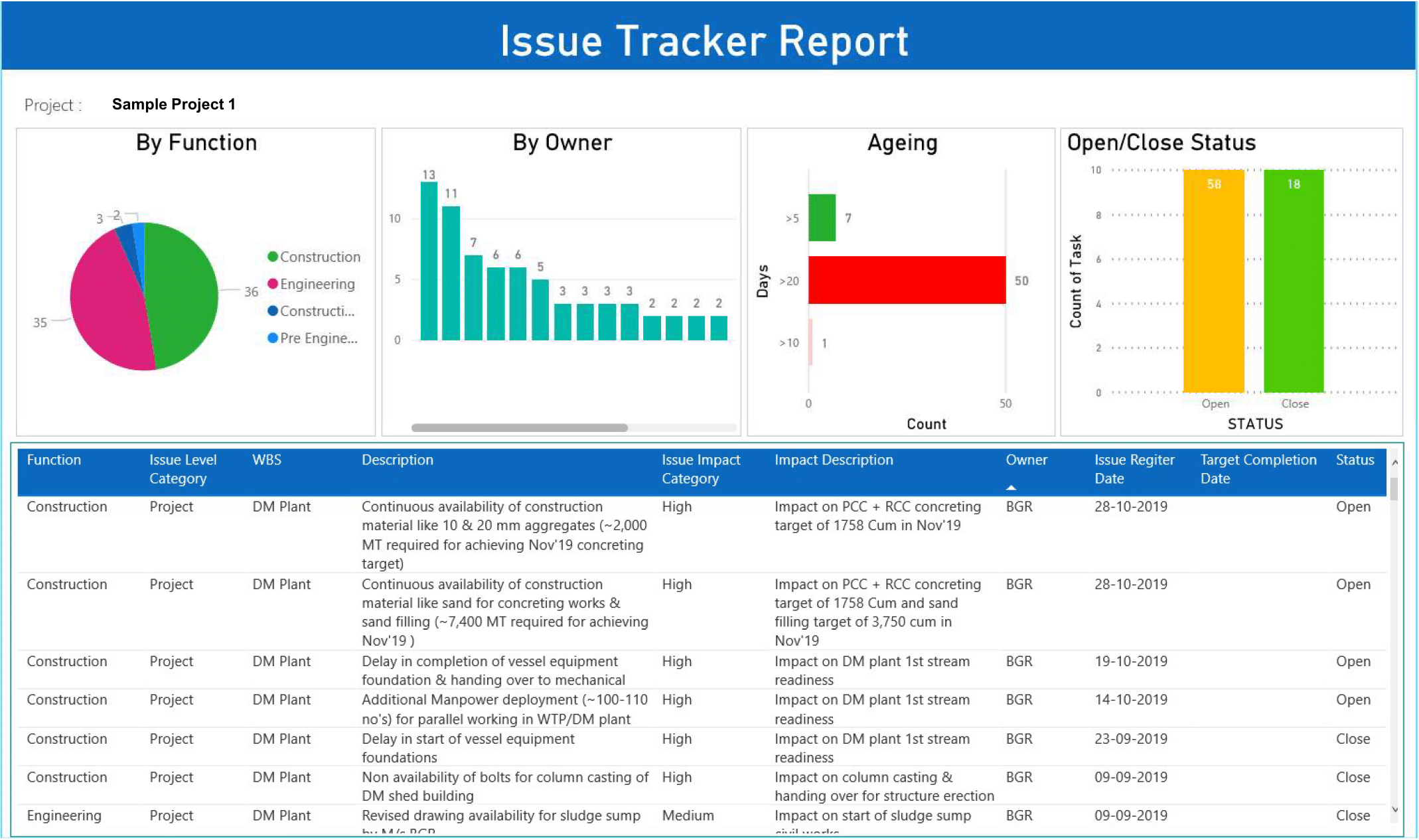A project management information system (PMIS) is a cornerstone for modern project management. It’s a centralized platform that manages all project-related data, from initial planning to final delivery. This sophisticated system offers an integrated solution, connecting different teams and stakeholders, helping ensure everyone is on the same page throughout the project lifecycle. However, many organizations struggle to effectively implement and leverage a PMIS, leading to inefficiencies, communication breakdowns, and ultimately, project delays or failures. This comprehensive guide will explore various aspects of PMIS, from its fundamental functionalities to selecting the right system for your specific needs. We’ll delve into its benefits, various types, practical examples, and ultimately, guide you on how to choose a PMIS that aligns with your organizational goals.
Understanding the Fundamentals of a Project Management Information System
Core Functionalities and Benefits of PMIS
A project management information system (PMIS) is essentially a centralized hub for all project-related data. Think of it as a digital ecosystem that houses project plans, schedules, budgets, communication logs, and other crucial information. The core functionalities of a PMIS revolve around streamlining these processes. A robust PMIS facilitates efficient task assignments, provides real-time progress updates, and integrates diverse project data into a coherent view. For example, a PMIS can help track project milestones, monitor budgets, and manage resources to prevent overspending or delays. A properly implemented PMIS enhances team collaboration and communication, ensuring everyone is informed and aligned with project objectives. Ultimately, a well-functioning PMIS allows for better project control and predictability.
Types of Project Management Information Systems
Selecting the Right System for Your Needs
Project management information systems come in various forms, each tailored for specific needs and organizational structures. A simple PMIS might suffice for small teams managing straightforward projects. However, larger organizations with complex projects and numerous stakeholders often require more robust enterprise-level systems. Understanding the different types of PMIS is crucial for making an informed decision. For instance, some systems offer specialized features for agile project management methodologies. Other PMIS solutions are designed specifically to handle project portfolios and streamline cross-departmental collaboration. Therefore, careful consideration should be given to your team size, project complexity, and specific requirements when selecting a system.
Implementing a Successful Project Management Information System
Best Practices for Successful Integration
Successful implementation of a project management information system (PMIS) involves more than just purchasing software. A thorough implementation strategy is crucial for maximizing the benefits of the system. Firstly, the selection process should involve representatives from all relevant departments. Secondly, careful training of users is essential to ensure effective utilization. For example, implementing a robust PMIS requires defining clear roles and responsibilities for each team member. Finally, regular feedback mechanisms should be established to identify areas for improvement and maintain system relevance. This process helps ensure smooth integration, addresses potential roadblocks, and makes the PMIS a valuable tool for the organization.
Benefits of Using a Project Management Information System
Enhanced Collaboration and Communication
Organizations leveraging PMIS experience a significant improvement in project management efficiency. Studies show that a well-integrated PMIS can reduce project completion times by 20% and reduce errors by 15%. Project managers can gain a holistic view of the project’s status, identify potential risks proactively, and allocate resources effectively. For instance, a PMIS allows teams to communicate more efficiently, fostering a sense of shared responsibility and transparency. Real-time data visibility enables stakeholders to remain informed, minimizing misunderstandings and promoting better collaboration. The ability to track progress, identify bottlenecks, and address issues early on directly contributes to the overall success of the project.
Case Studies and Examples of PMIS Success
Real-World Applications of Project Management Information Systems
Numerous organizations have successfully implemented PMIS and experienced substantial improvements in project management. For example, a large software development company implemented a cloud-based PMIS, enabling seamless communication between geographically dispersed teams. As a result, the company saw a 30% increase in project delivery speed and a 25% reduction in project-related errors. This exemplifies how a well-implemented PMIS can dramatically impact project management effectiveness. Other success stories show how PMIS helps to track and monitor project budgets, and provide data-driven insights for optimizing resource allocation.
Choosing the Right PMIS Vendor
Vendor Selection Criteria
Selecting a suitable PMIS vendor is crucial. A vendor assessment should focus on their experience, product capabilities, customer support, and security features. Choosing the correct vendor can make all the difference between smooth implementation and costly errors down the line.
Integration with Existing Systems
Considerations for Seamless Integration
Many organizations have existing systems for project management or task management. A successful PMIS integration should be thoroughly planned to avoid data loss or system failures. The system must be flexible and adaptable to ensure smooth operation and avoid any disruption to existing workflows.
Customizing the PMIS for Organizational Needs
Tailoring the PMIS
Every organization is unique, so a suitable PMIS should be tailored to match those specific requirements. Any modifications made to the software must ensure optimal functionality and efficiency, without affecting the integrity of the system itself.
Training and Support for Effective Utilization
User Training and Ongoing Support
Proper training and ongoing support are critical to a successful PMIS implementation. Teams and individuals should receive consistent support and guidance, ensuring that every user is knowledgeable on utilizing the PMIS in a productive manner.
In conclusion, a robust project management information system (PMIS) is crucial for streamlining processes, improving communication, and ultimately boosting project success. By selecting the right tools and implementing a well-defined strategy, organizations can gain a significant competitive edge. This article has explored several key aspects of PMIS, from understanding its core functionalities to evaluating different system types. Implementing a PMIS is an investment in efficiency, and the benefits—including improved project visibility and reduced risks—often far outweigh the initial costs. Ready to optimize your project management? Learn more about specific solutions and get a free consultation today!
